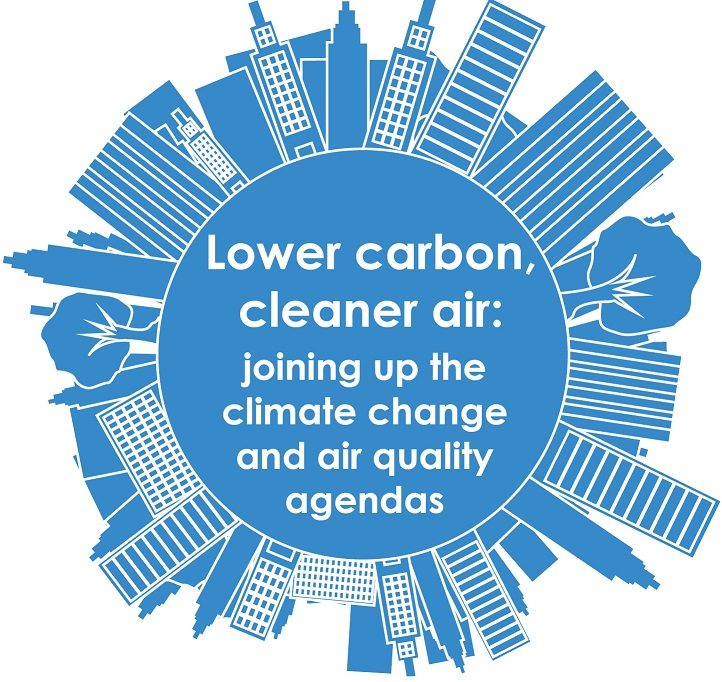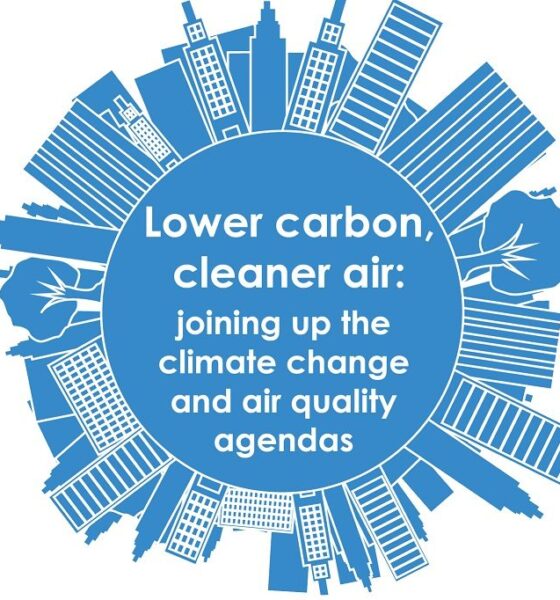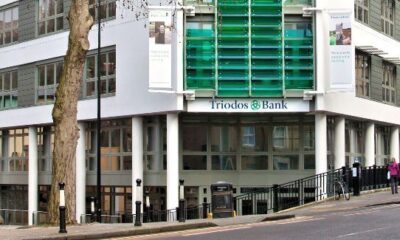

Energy
A Revolution in the Introduction of Greener, Cleaner Buses in the UK is Helping Deliver on Both Climate and Air Quality Objectives
Greener, cleaner buses have arrived in large numbers in the UK. They are playing an increasingly important part in cutting carbon emissions from road transport sector and, in particular, reducing pollution in cities around the UK. A new report by the LowCVP for Greener Journeys describes The Journey of the Green Bus; how innovation and supportive policy over the last decade and more has transformed the bus sector from being a part of the problem to being an important part of the solution to poor urban air quality as well as contributing to tackling climate change.
Maintaining our ability to move around in increasingly congested towns and cities is more critical today than ever before, so with road transport responsible for around a quarter of the UK’s greenhouse gas (GHG) emissions and up to 60% of roadside NOx pollution in many cities around the UK, the introduction of cleaner, low emission buses is a vital component of a low emission transport future. Older technology buses historically contributed up to two-thirds of NOx emissions in the most densely trafficked areas.
From its inception in 2002 the LowCVP had a clearly defined objective to help bring low carbon buses to the UK market. Building on many years of work by LowCVP members (in particular Millbrook and TfL) the LowCVP developed the criteria for the Low Carbon Emission Bus (LCEB) for the Department for Transport (DfT) which provided the basis for £90m of support under the four rounds of the Government’s Green Bus Fund. There are now around 3,500 buses on the road which meet the LCEB criteria. More than one in four buses sold in 2015 was a LCEB and over half of all 2015 bus registrations met the Euro VI standard.
Following further policy development, the LowCVP supported OLEV and DfT in producing the new Low Emission Bus (LEB) criteria, providing the basis for the recent Low Emission Bus Grant; a £30 million fund to be run over three years (2016–2019) designed to stimulate the purchase of Low Emission Buses.
A Low Emission Bus is defined as a vehicle which can achieve a reduction of more than 15% well-to-wheel greenhouse gas emissions compared with a Euro V diesel bus, as well as the Euro VI HD engine standard for pollutant emissions.
A wide range of technical solutions have been adopted and, validated through real world emissions tests, are now delivering clear and demonstrable air quality and carbon benefits. The technologies adopted include the full spectrum of hybrid solutions (plug-in hybrids, diesel-electric hybrids, flywheel hybrids and micro-hybrids); battery electric buses; and a range of fuel solutions including buses powered by hydrogen fuel cells and biomethane.
Air quality regulations have been set in Europe for various air pollutants to protect human health. Whilst much has been achieved to date, the latest research by the Department for Environment, Food and Rural Affairs (Defra) shows that at least five regions in the UK are still facing an immense challenge in meeting European air quality standards for nitrogen dioxide (NO2). The Low Emission Buses beat every standard needed to operate in Clean Air Zones including the London ULEZ.
Speaking on the launch of the report at the UK Bus Summit 2016 – held at London’s QEII Centre in Westminster – the LowCVP Managing Director, Andy Eastlake said: “While an increasingly wide range of transport options now exist, there’s no doubt that an effective bus operation can deliver one of the best solutions to the mobility challenges of air quality, climate change, congestion, convenience and, of course, cost.
“The Journey of the Green Bus chronicles how the last 20 years have transformed the emissions, efficiency and experience of buses. It will, hopefully, help to dispel some of the outdated perceptions of this essential travel option.”
Claire Haigh, Chief Executive of Greener Journeys and a LowCVP Board member, said: “This report demonstrates that low emission buses are a crucial part of the solution to reducing roadside pollution and tackling a major public health risk. For many years the bus industry has worked to improve and innovate, and the result is a fleet of greener buses which are among the cleanest vehicles on the UK’s roads.”
Mike Weston, Transport for London’s Director of Buses and Chair of the LowCVP’s Bus Working Group said: “London has always been at the forefront of trialling green bus technology to reduce harmful emissions and we have shared our experiences with our counterparts across the UK. The Capital’s bus fleet is one of the greenest in the world with more than 1,600 hybrid buses alongside hydrogen buses and a growing number of pure electric buses.
“By 2020 all double deck buses operating in central London will be hybrid and all single deck buses will be zero emission – delivering air quality benefits right across the Capital.”
Mark Munday, Technical Director of First Bus, a leading operator of LCEBs said: “I’m proud to be at the forefront of new technology, driving customer friendly improvements which benefit local communities and the environment. Significant advances have been made by the industry in improving air quality and reducing carbon emissions through focussed effort to develop and exploit new technology for our buses.”
Ken Scott, Group Engineering Director at a leading UK manufacturer Alexander Dennis said: “The UK market and policy environment has provided a fantastic opportunity for Alexander Dennis to help develop new fuel saving and low carbon technology on our products, benefiting our customers, reducing air pollution and supporting the UK bus industry to be at the forefront of low emission bus adoption globally.”
Phil Stones, Head of Powertrain – Emissions & Fuel Economy, Millbrook, a leading UK testing centre said: “Millbrook is proud to be have been working with the bus industry, the LowCVP and other parties to help drive more fuel efficient and less polluting buses into the market.
“It is remarkable to think that from the first old Routemaster we tested in 1996 through to the latest Euro VI hybrid today how far the industry has moved technology forward to deliver these benefits while still improving safety and passenger comfort.”


 Environment10 months ago
Environment10 months agoAre Polymer Banknotes: an Eco-Friendly Trend or a Groundswell?

 Environment11 months ago
Environment11 months agoEco-Friendly Home Improvements: Top 7 Upgrades for 2025

 Features9 months ago
Features9 months agoEco-Friendly Cryptocurrencies: Sustainable Investment Choices

 Features10 months ago
Features10 months agoEco-Friendly Crypto Traders Must Find the Right Exchange





























